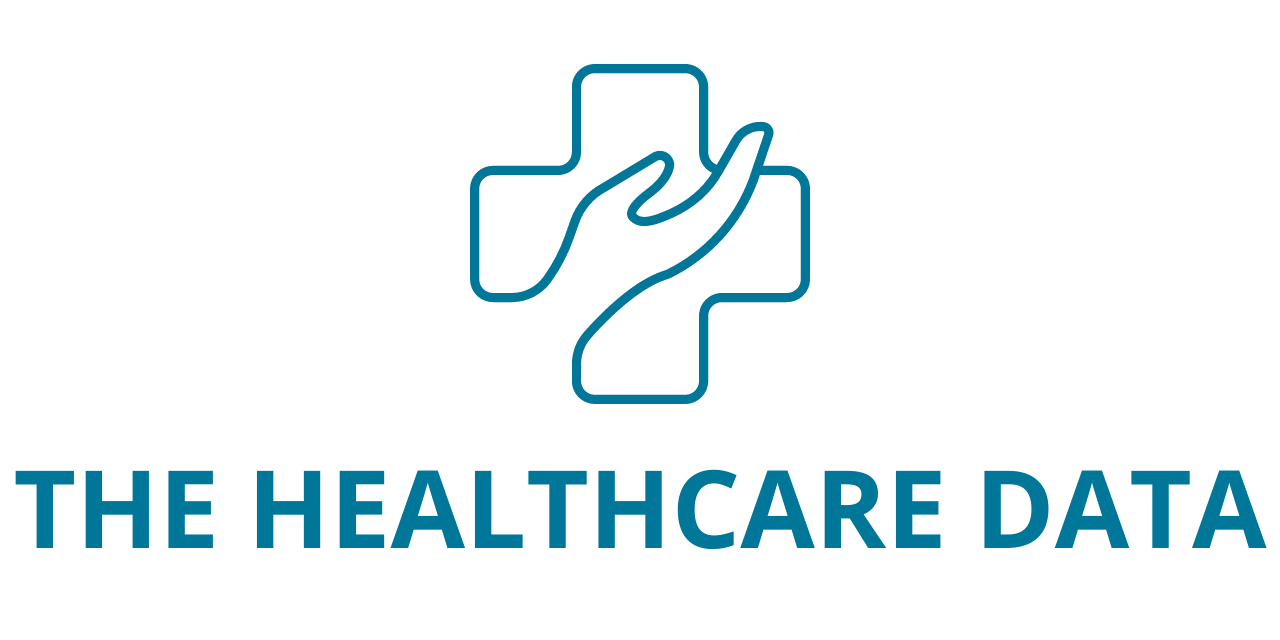
The report titled “Global Skull Clamp Market: Product, Application, Material, Accessories, End User, Regional Analysis, COVID-19 Impact, and Forecast 2029” is now available on ResearchAndMarkets.com.
The global market for skull clamps reached a value of US$2.21 billion in 2023 and is projected to achieve US$3.79 billion by 2029.
This growth is attributed to various factors such as an aging population leading to higher instances of neurological conditions and brain injuries, driving the need for neurosurgical interventions where skull clamps are crucial. Improved healthcare infrastructure has also increased access to neurosurgical procedures, further boosting demand for these clamps.
Moreover, the use of skull clamps in MRI procedures due to their stability in head fixation has contributed to market expansion. The rising prevalence of neurological disorders worldwide has also increased the demand for precise neurosurgical instruments like skull clamps, propelling market growth with a projected CAGR of 9.48% from 2024 to 2029.
Key players in the market are adopting strategies such as new product launches, mergers, acquisitions, and collaborations to stay competitive. For instance, Halma acquired TeDan, a company specializing in medical devices for surgeries, and OPT SurgiSystems, Arcadis Medical Group, and MVS Medical Visual System signed an agreement for enhanced operating room efficiency.
While the market offers significant growth opportunities, challenges such as high upfront costs and strict regulatory requirements exist. Nonetheless, trends like the demand for minimally invasive procedures, increasing awareness and training, technological advancements, and the adoption of radiolucent materials are shaping the market’s trajectory.
The major segments in the market include three-pin skull clamps and surgery skull clamps, with stainless steel and aluminum alloy materials being prominent choices. Hospitals and specialty clinics are the primary end users, with North America leading in market size and Asia Pacific emerging as the fastest-growing region, driven by factors like aging populations and advancements in healthcare infrastructure.




